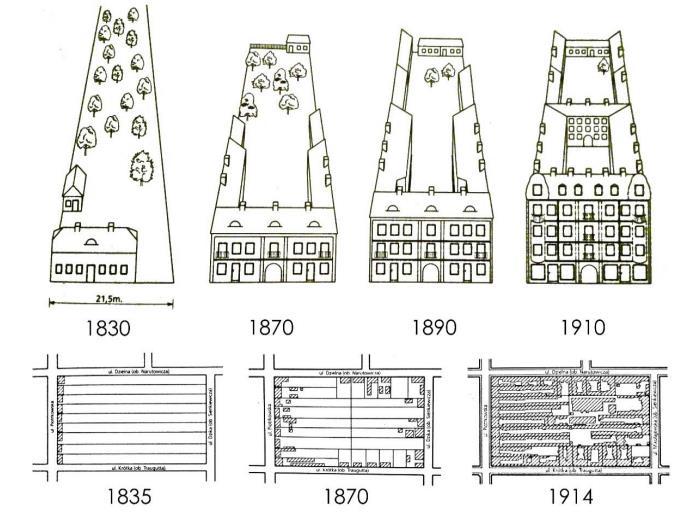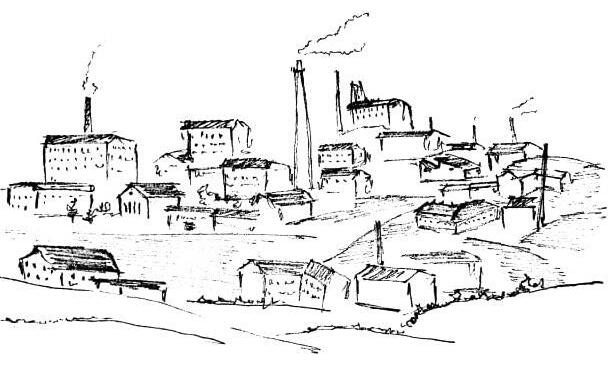
2 minute read
INDUSTRIALIZATION AND URBAN TRANSFORMATION
from TU IOE
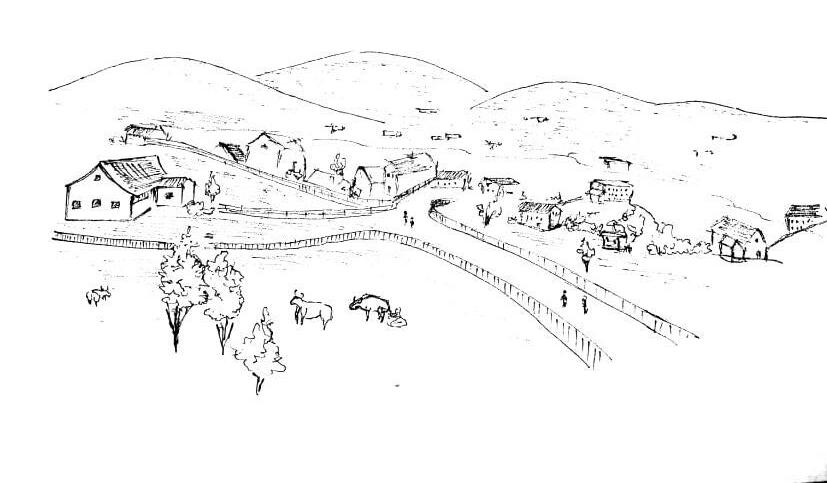
The industrial revolution was the transition to new manufacturing processes in Great Britain, continental Europe, and the united states during the period of the late 18 century and early 19 century.
Advertisement

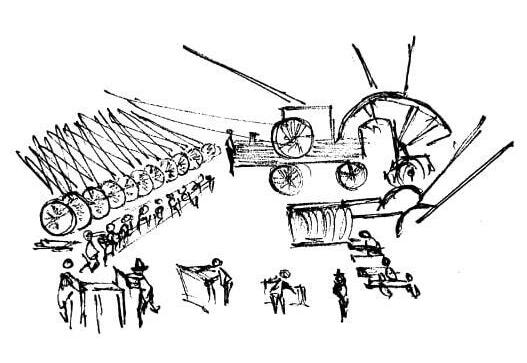
Stages Of The Industrial Revolution
• Water and steampowered mechanical manufacturing facilities
• Electrical powered mass production based on division of labor
• Electronics and it achieve further automation of manufacturing
• Based on cyber physical system
Effect
Economic Effects
• Increased production and higher demand for raw materials.
• Growth of worldwide trade.
• The exploitation of mineral resources.
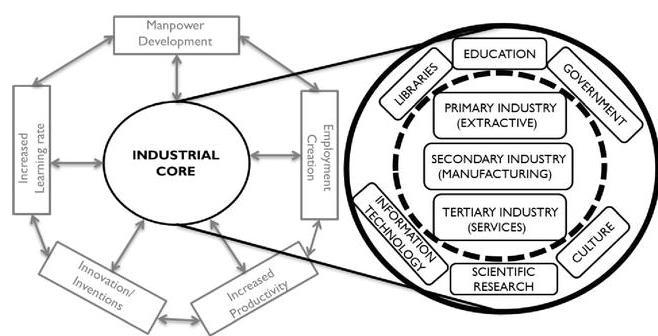
• Highly developed banking and investment system.
Social Effects
• Increase in population of cities
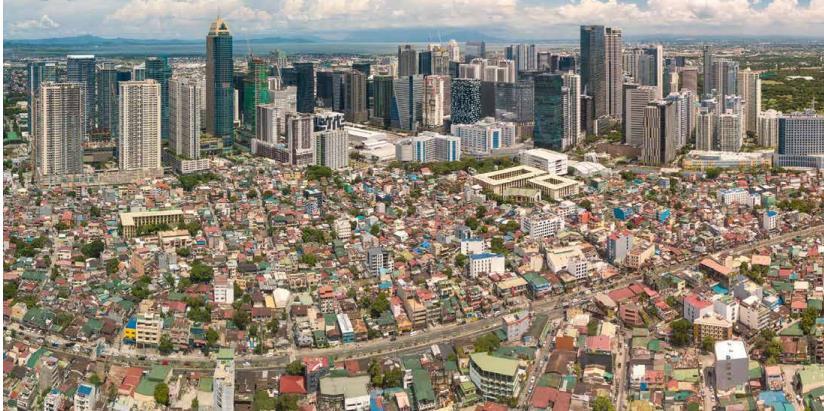
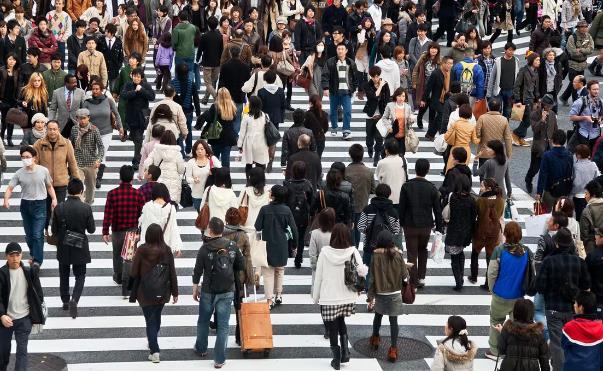
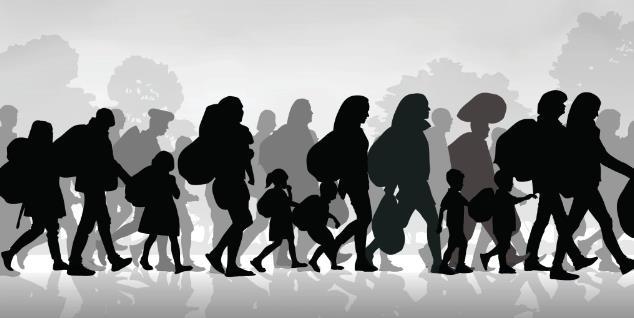
• Improved standard of living
• Creation of new jobs.
• Encouragement of technological progress
• Harsh conditions for laborers
Physical Effects
• Development of new raw materials for construction, mainly steel
• Development of machinery tools and advancement of new construction technology
• Development of transportation systems, roads, bridges, railways, etc.
Industrialization Main Aspect Of City Creation
• The changes that took place by modernist design methods, were created after the Second World War.
• The appearance of modern cities.
• Flexible and compact spaces, connected with each other, allowed cities to adapt to changing economical and external factors which lead to the creation of composite city urban spaces.
• Forced changes in urban planning in most European cities.
The Emergence Of A Theoretical Model Of City Structure
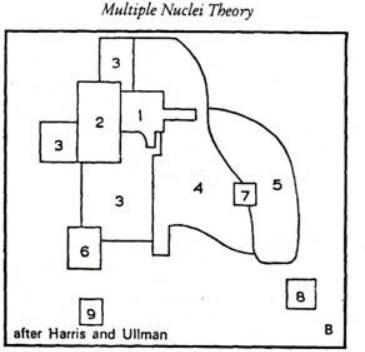
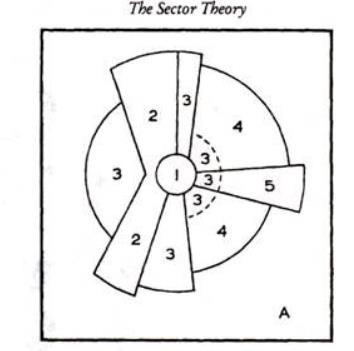
Population growth is the main factor for the expansion of a city as physical growth. A predictable land use pattern results from the interplay of these factors which create models that describe and simplify relationships among social, economic, and geographic factors that describes the pattern of a city and how it evolved.
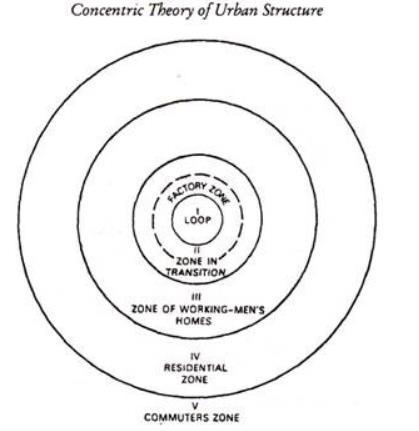
Industrialization And Urban Transformation
Industrialization Impact On Contemporary City Structure
Historical old towns were mainly considered as the basis for the urbanization of new areas around them representing new concepts of space arrangement and usage of natural resources.
AN EXAMPLE OF THE CITY OF LODZ:
• Agriculture city (17th century) into the industrial city (19th century).
• In the first half of the 19th century, the settlement was transformed into a craftsman town.
• New City district was created in symmetrical, classicist style with a geometrical rectangle grid of craftsman plots composed of 22x280m long plots.
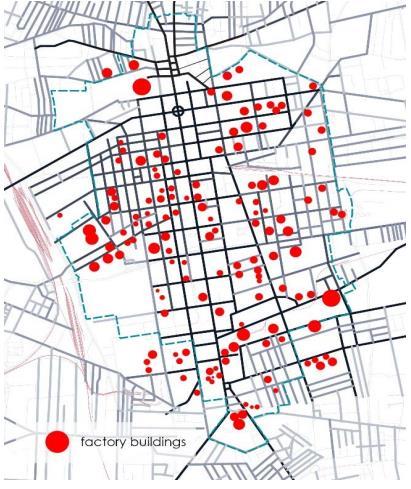
• enlarge the city area in order to locate new craftsman houses and establish the first industrial plants.
• isolation of the old historical township center.
• Only the new planned settlement has got its own town trading squares.
• City evolution led to social and structural divisions, which caused the increasing discrepancy between the old and new towns.
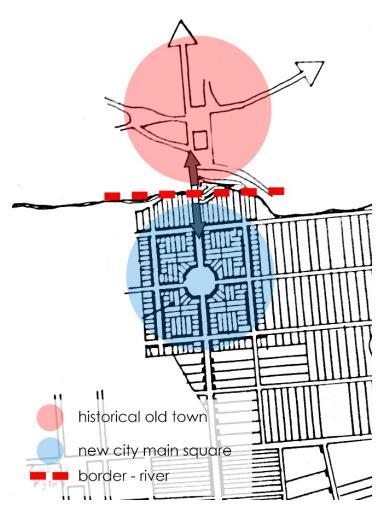
• The river border is used for the separation between the old town and the new city and also provides an advantage for production and manufacturing.
Disadvantage of too rapid development
• many structural, spatial, and social difficulties.
CREATION ITS UNIQUE URBAN LAYOUT.
• The city was built as a system of factory buildings created in the new inner city, while the old town was gradually suburbanizing.
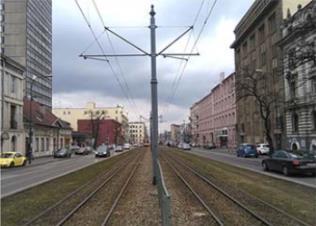
• The whole city became an area of mixed industrial and residential use.
• Development of emerging urban buildings.
Change of city structure
